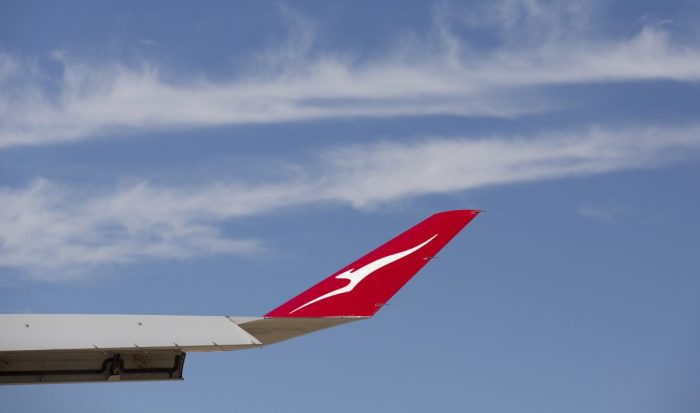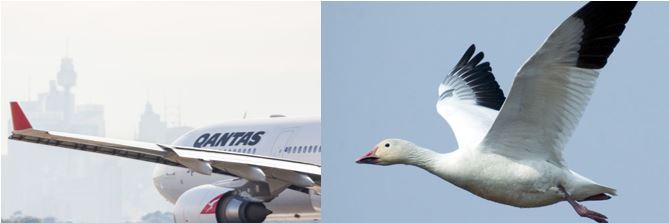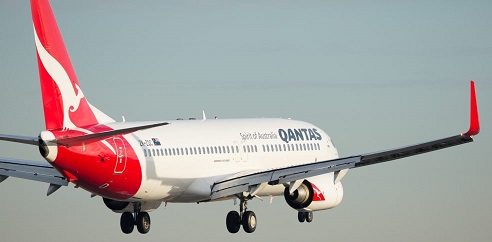
You can now take a snap of the new roo from the window of your flight
Snapped a photo from the plane window and noticed a small or even large tip at the end of the wing?
These angled tips are ‘winglets’; and for such a small part of an aircraft they pack a big punch. They help us fly more efficiently and smoother.
They do all this by reducing something called vortex drag.
Vortex what?
When an aircraft is flying, air flowing over the top and bottom of the wing creates a long spiral (or, vortex) that forms behind the tip of the wings.
You can sometimes see these spirals trailing behind an aircraft wing – keep an eye out for them when it’s raining or misty.
Even though these spirals look pretty impressive, the drag they create isn’t ideal.
Drag places additional resistance on an aircraft, which means we need to use more power and burn more fuel to counteract it.
Here’s where winglets come in. They reduce the amount of air from swirling around the end of the wing and reduce the amount of drag.
Winglets also help to make your flight more enjoyable by improving take off performance and increasing aircraft stability so you have a smoother ride.
 Winglets have only been a common feature of jet aircraft in the past few decades, and were the result of a lot of research into aerodynamics and time spent in wind tunnels and computer modelling.
Winglets have only been a common feature of jet aircraft in the past few decades, and were the result of a lot of research into aerodynamics and time spent in wind tunnels and computer modelling.

Brother from another mother. Winglet design was inspired by the upturned feathers of birds as they soar through the air
Different manufacturers have approached the problem differently. And its one way plane spotters can tell similar looking aircraft apart.

Planespotters use the different sized and shaped wingtips to help identify different types of aircraft
All of our Boeing 737s have blended winglets which curve up from the end of the wing.
Our colleagues over at Jetstar operate similar-sized but Airbus manufactured aircraft called A320s whose winglets are called sharklets.
On our A330 and A380 aircraft the wingtip is triangular in shape while on our Boeing 787-9 Dreamliners (the first of which arrives this year) the entire wing is curved up into what is known as a raked wing tip.
In the meantime, keep an eye out for our new livery featuring the Qantas ‘roo on the inside of our aircraft wingtips.
Check out more Roo Tales here.